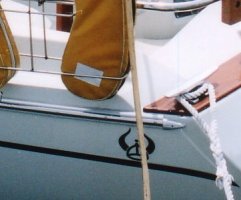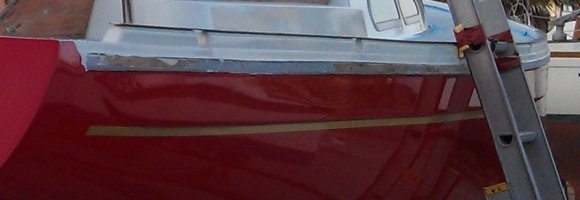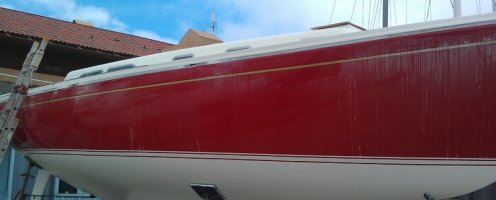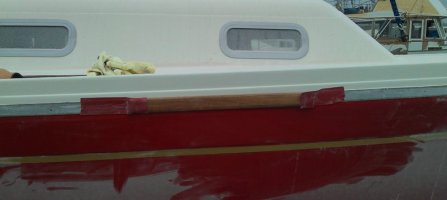Jeff Asbury
Principal Partner
Seeing Mark's pictures of his E23 has raised a question in my mind: are rub rails really that necessary, or do they serve more as pieces of trim, sort of like transitional pieces of trim work on the exterior of a house? I must admit that Commotion's teak rubrails are very attractive, but it seems that they are more decorative than functional. Instead of paying hundreds of dollars for new rubs rails, Mark simply eliminated them completely. It seems that this has served him well and has not resulted in damage to his hull. Fenders have done all the mean and dirty work.
I ask all this because I have put off the replacement of my rub rails as long as possible, just because I have more pressing projects that deserve the $300+ bucks that this project would require.
Thanks,
Roscoe
Here are some more relevant pictures:
http://www.ericsonyachts.org/infoexchange/showthread.php?9365-E25-rub-rail-and-hull-to-deck-joint
The rub rails on my E-27 probably saved my boat from major damage this past Summer. I was on a mooring at Two Harbors, Catalina Island at the end of June and I was visiting a friend on another boat as I watched helplessly as a 30 foot Power Boat side slam my boat. The impact was right about mid ship, you could see where the black hull of the power boat hit my rub rail. The marks were easily "rubbed" out. If not for the beefy rub rails on my Ericson, there would have been fiberglass damage for sure.
I replace my rub rails nine years ago when Pacific Seacraft still supplied them. It was a bit expensive and not a easy job to do, but I'm glad I did. In hind sight I probably should have had a insurance survey done after that accident at Catalina. But I really could not see any significant damage to my boat inside or out. (just black marks on the rub rail).
IMHO, yes the Rub Rail serve a purpose.









